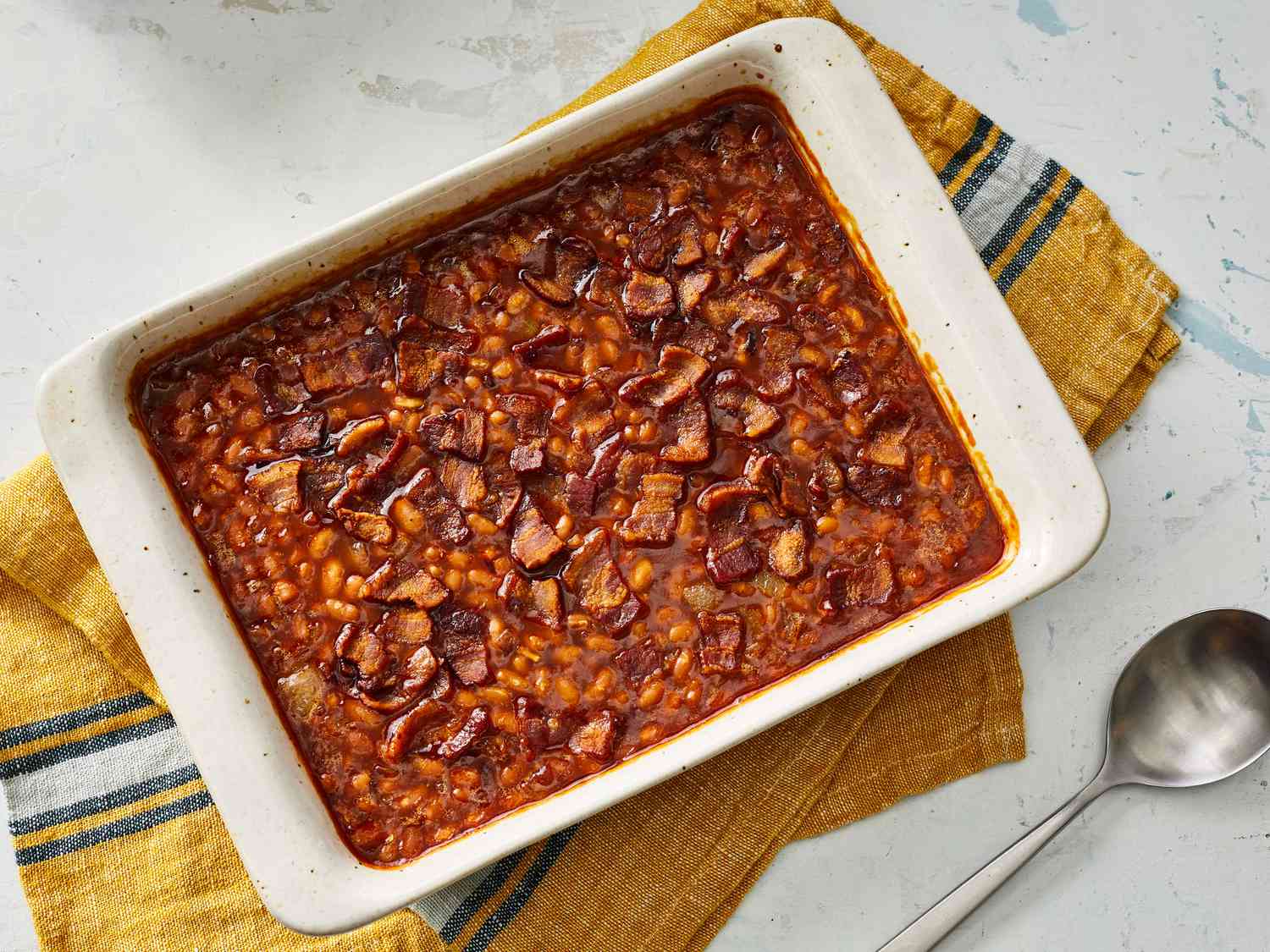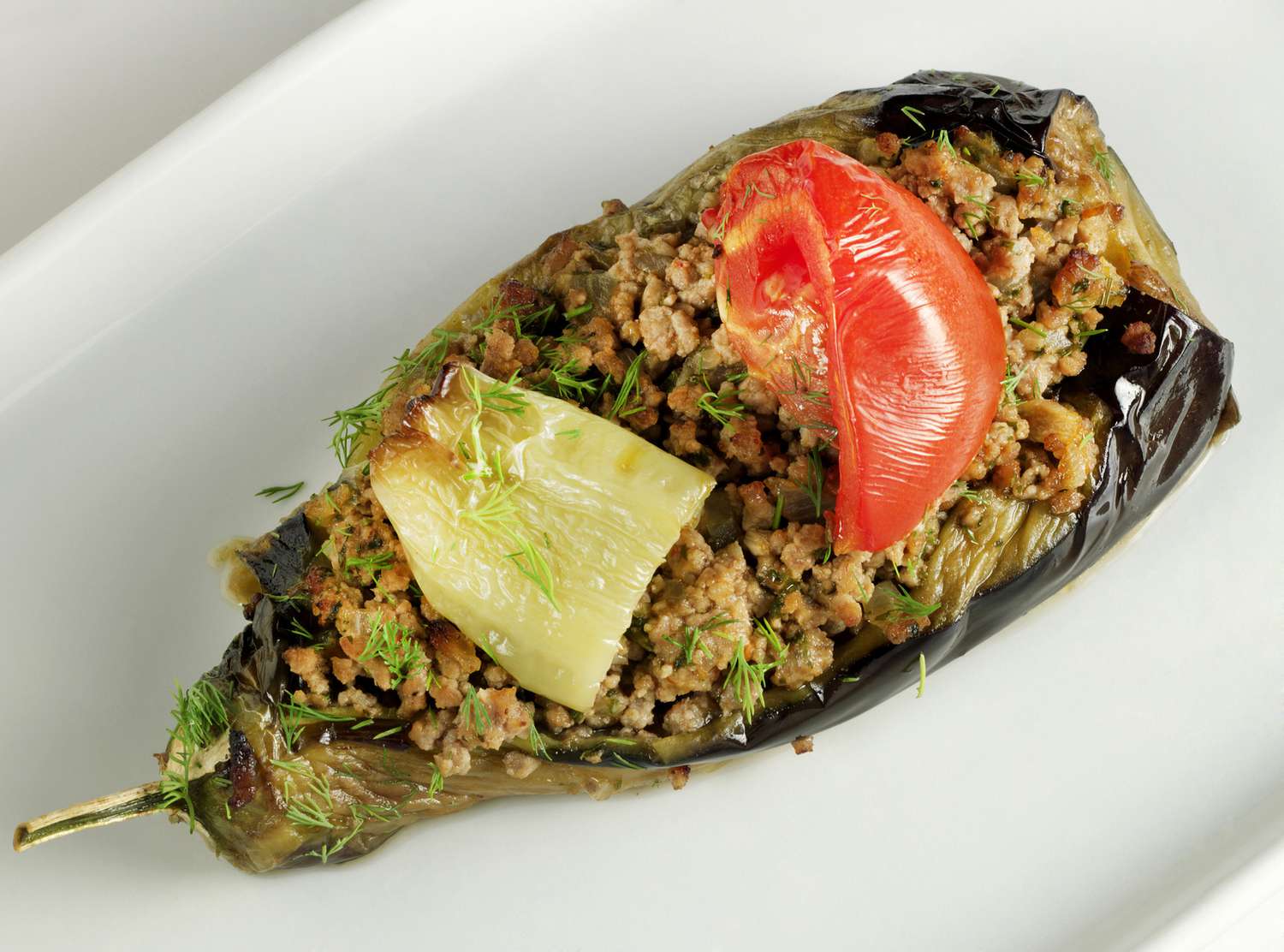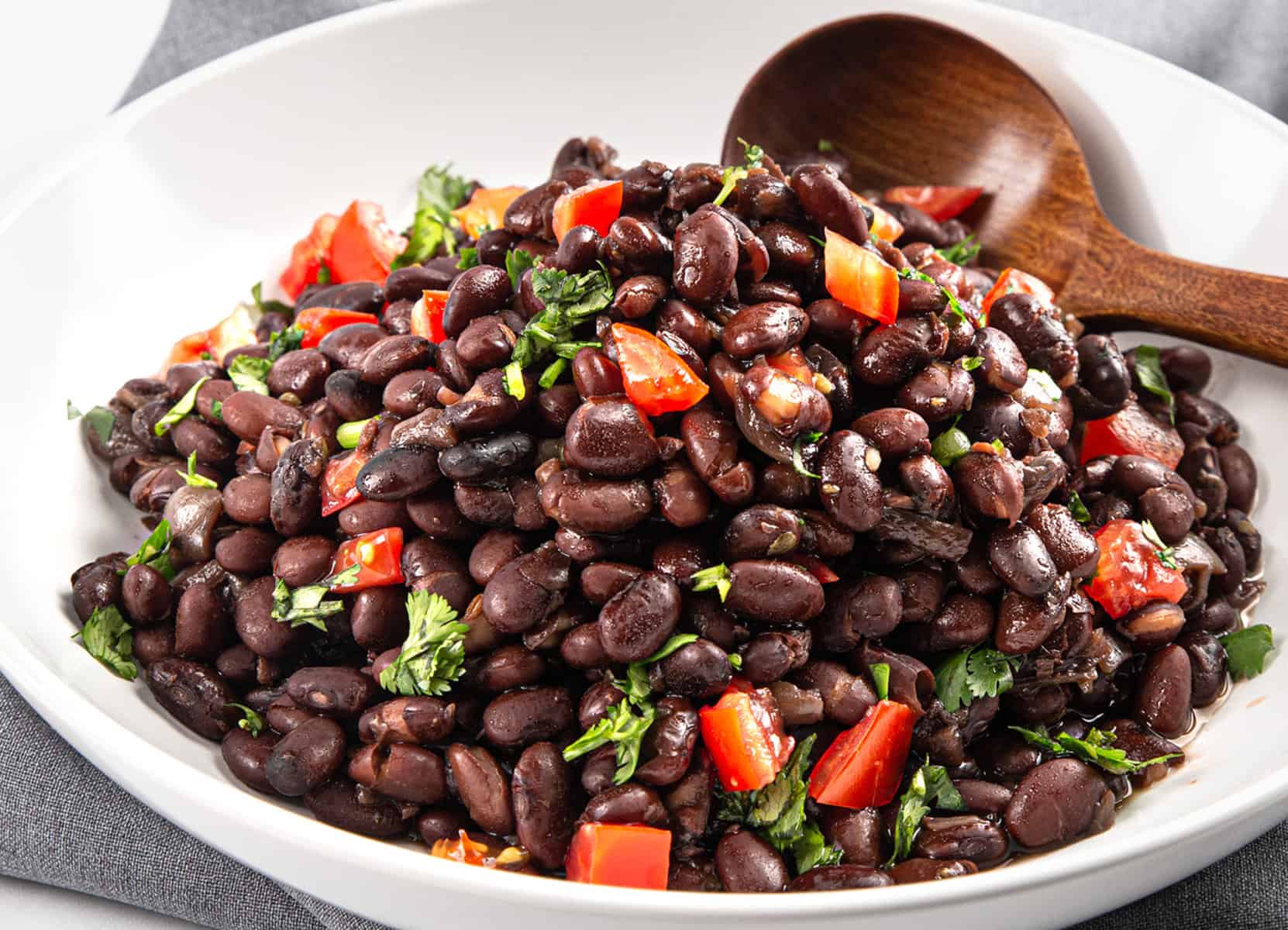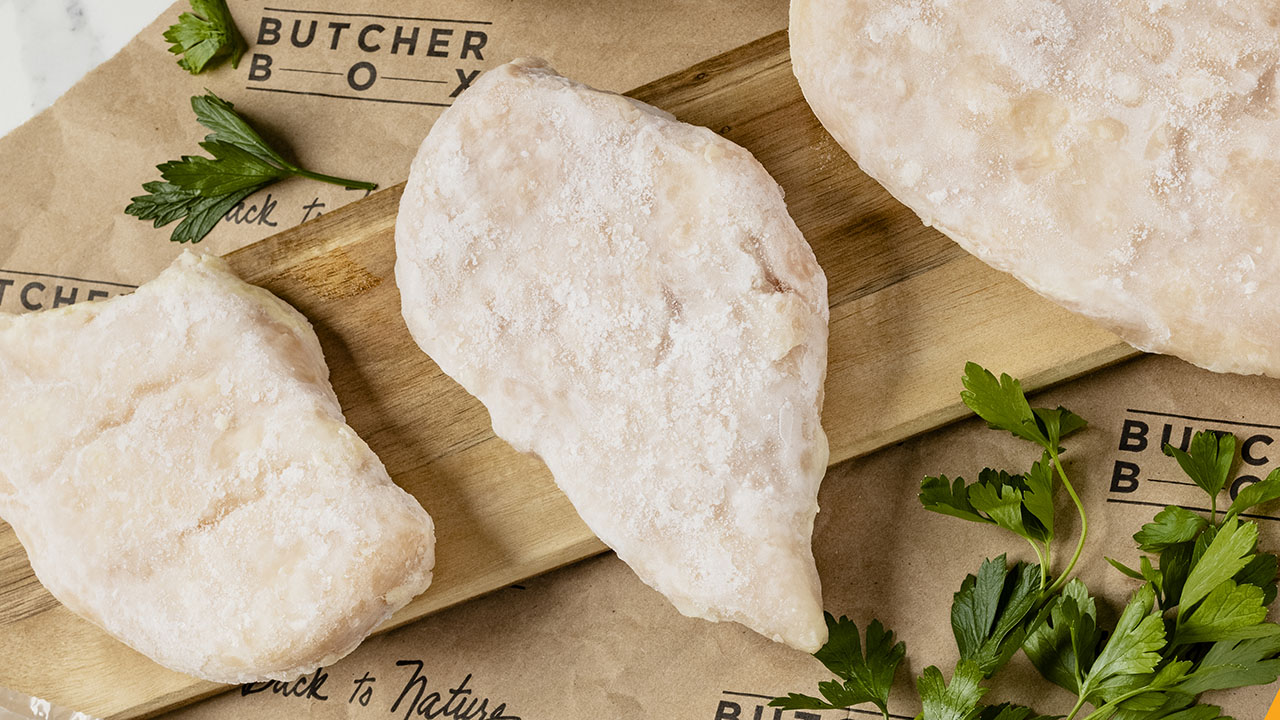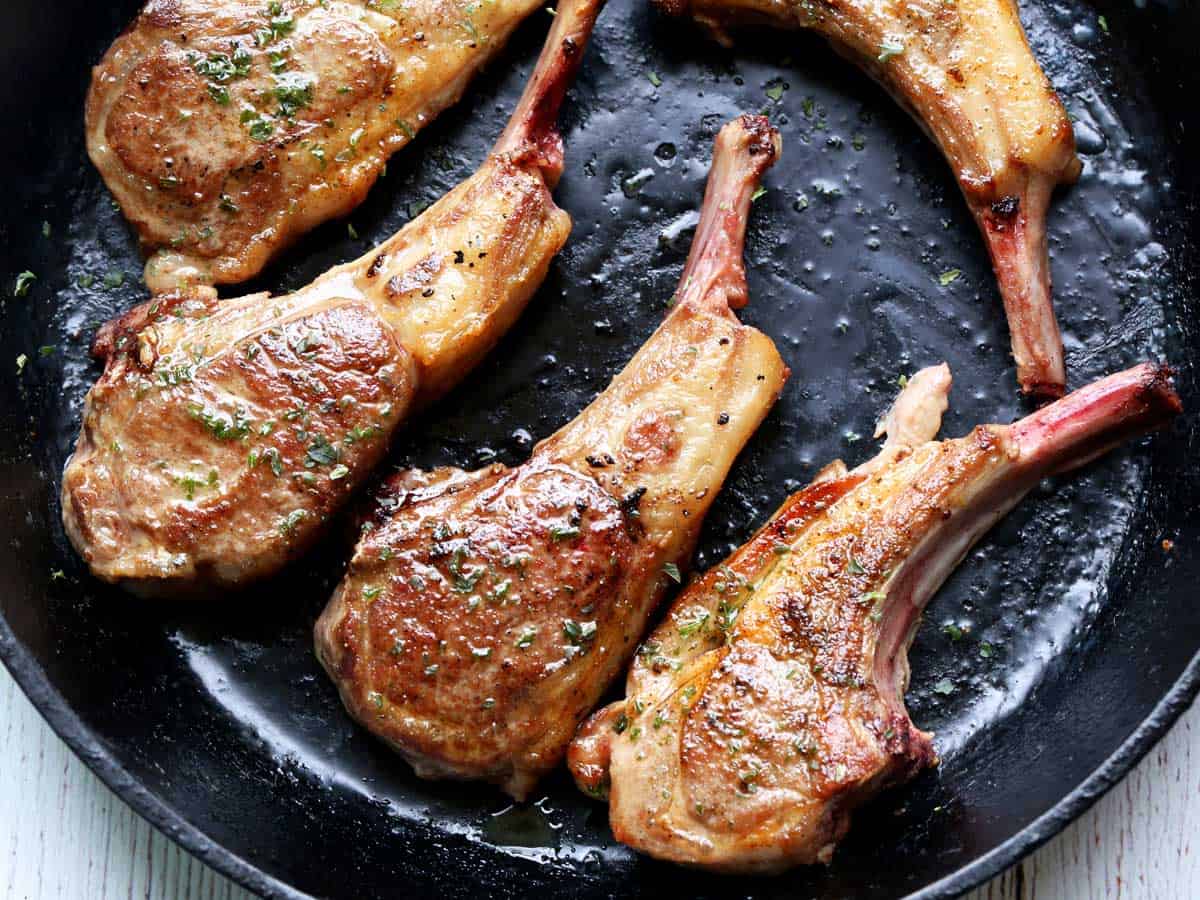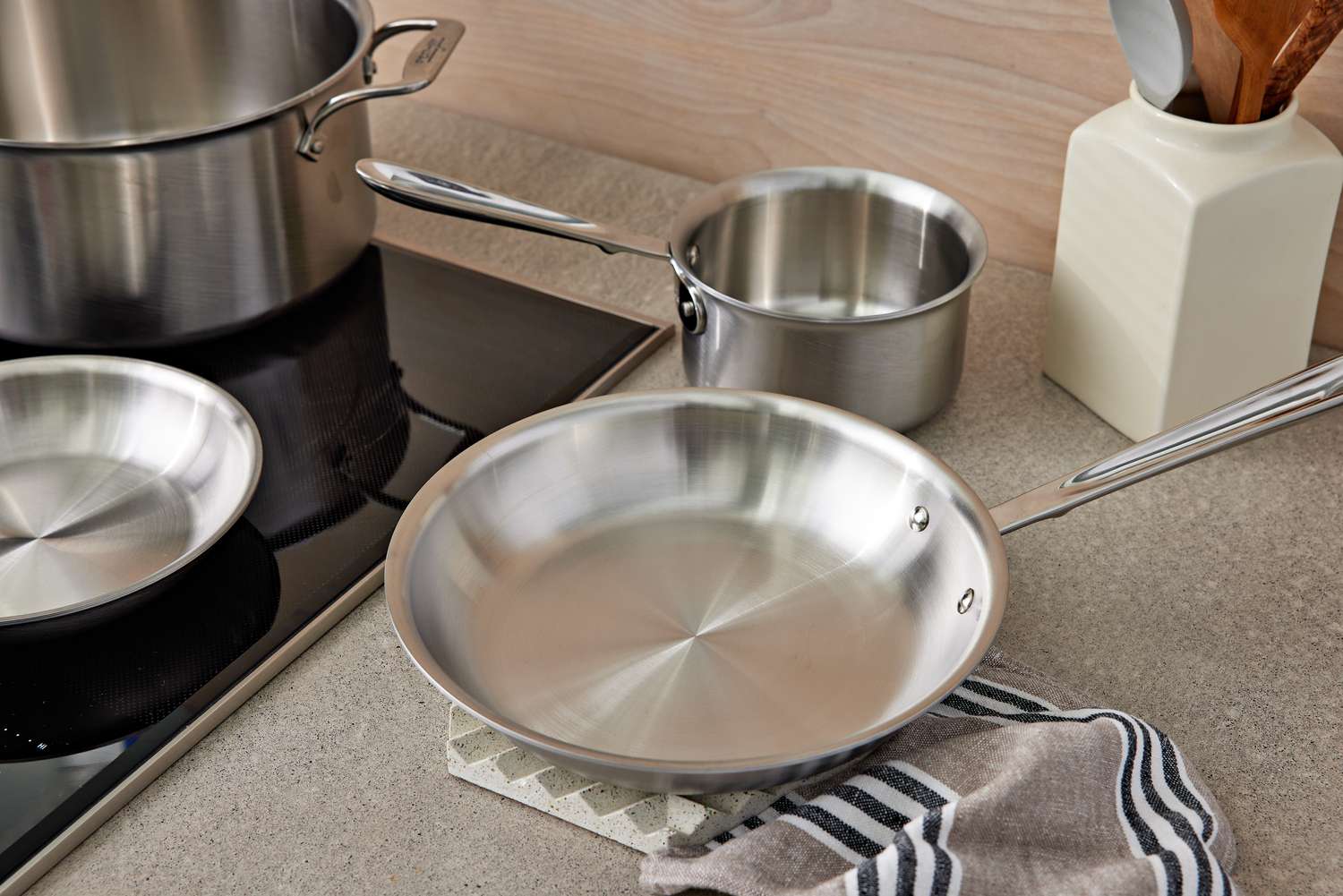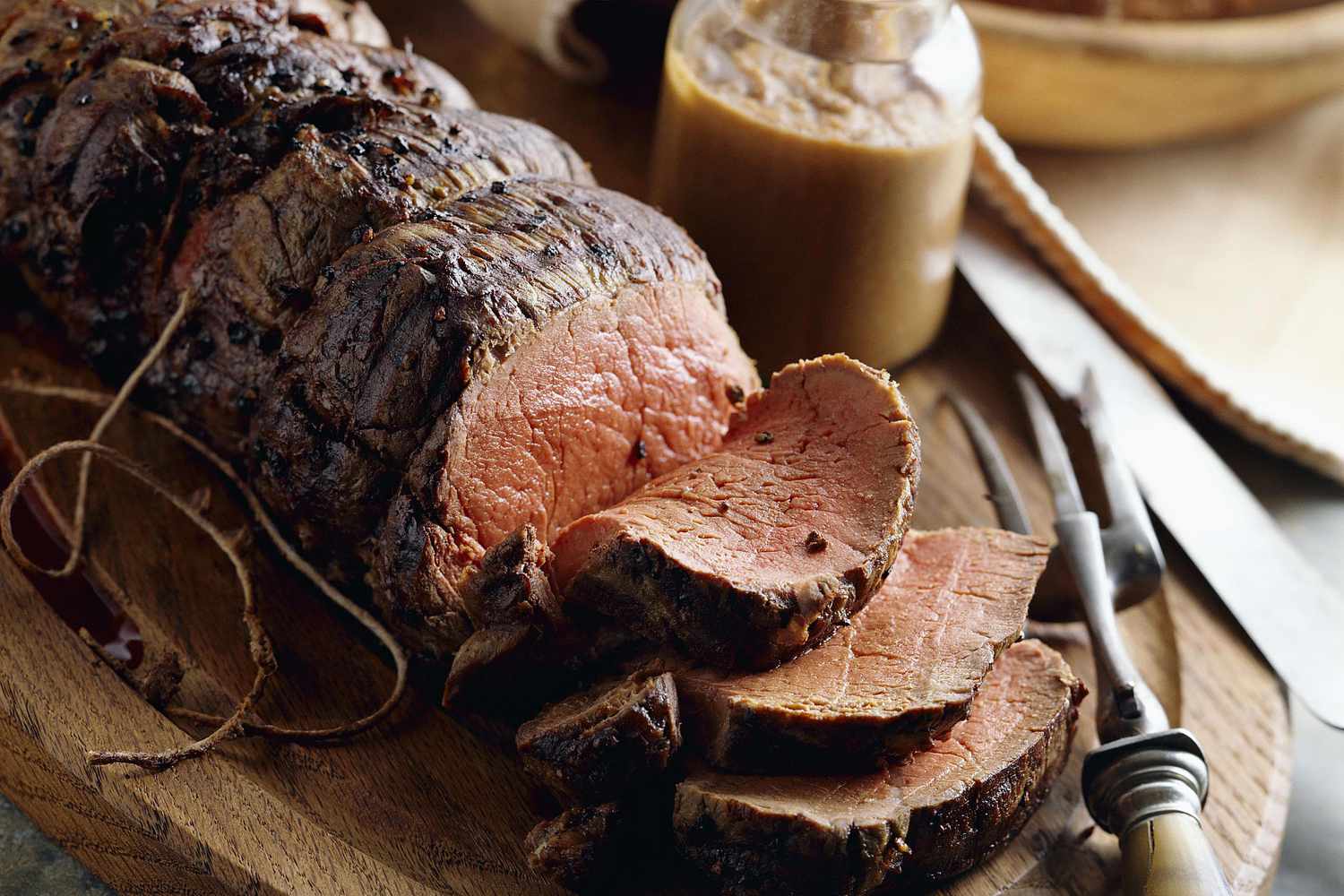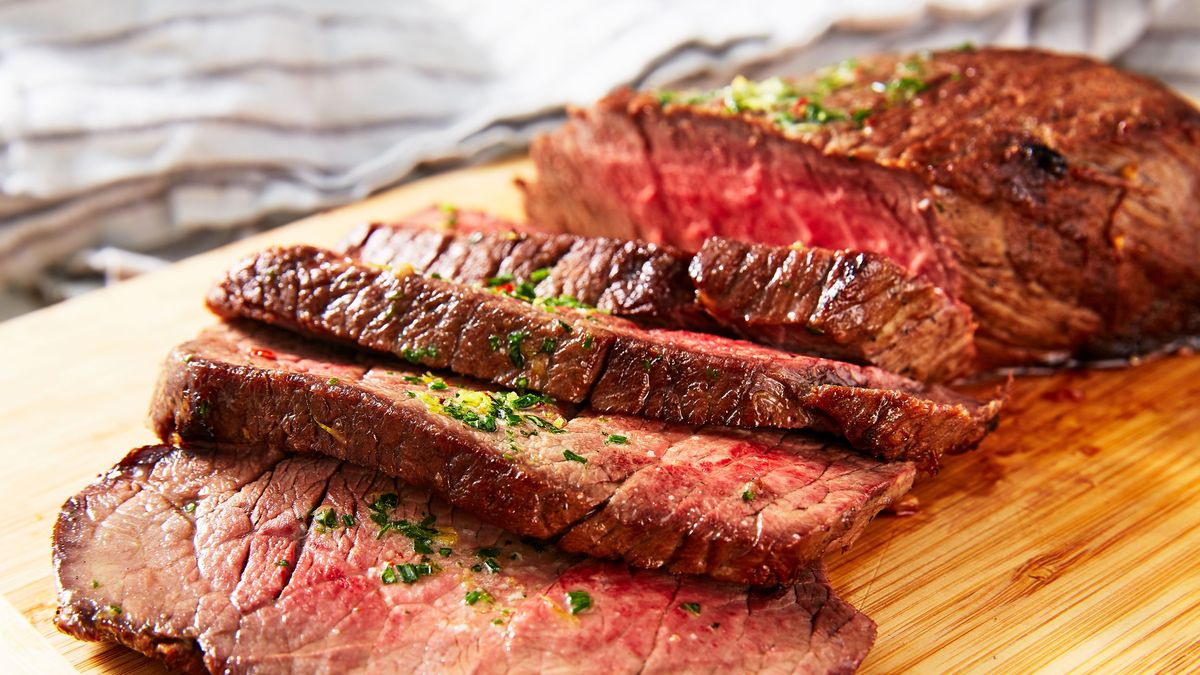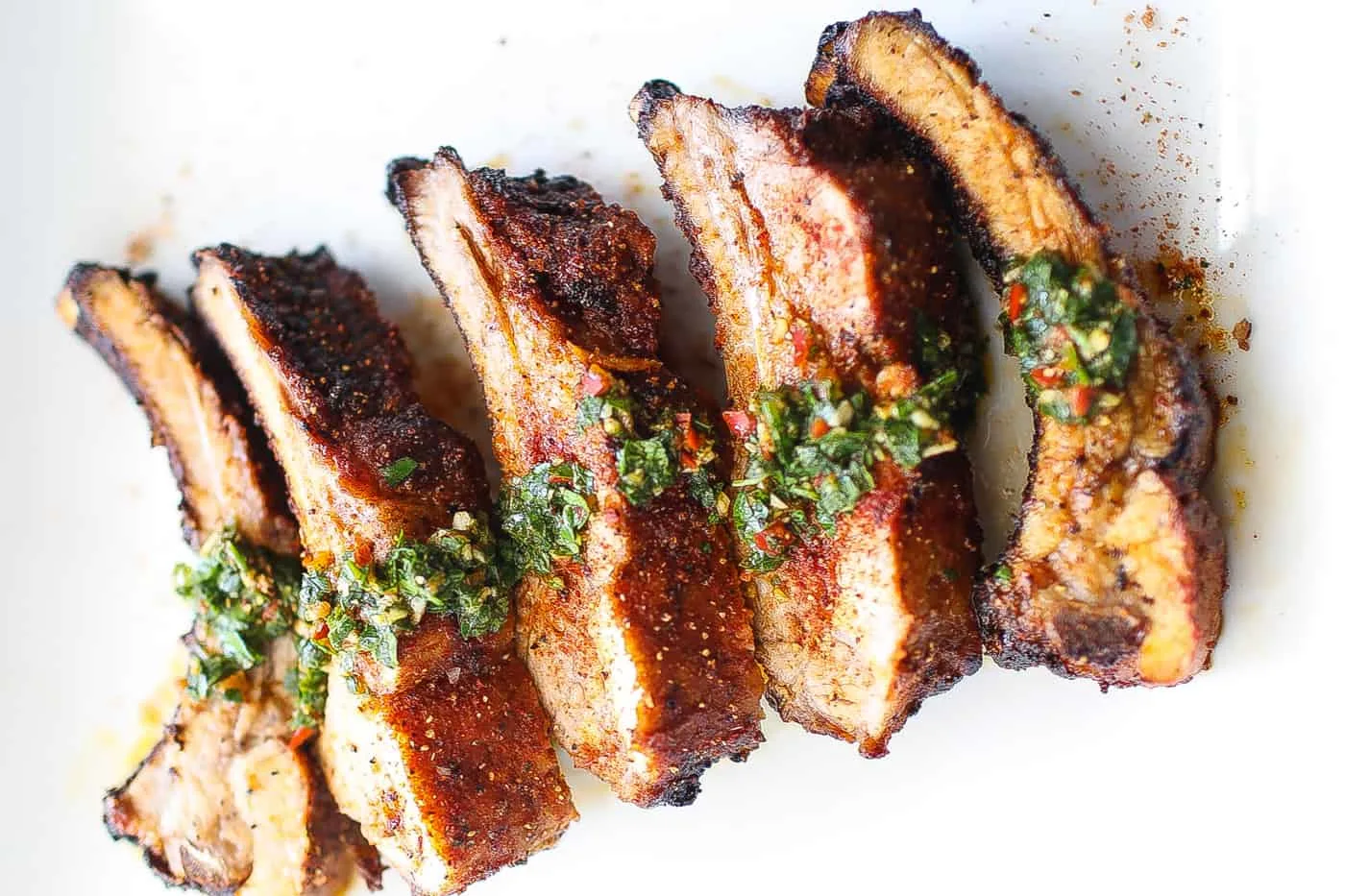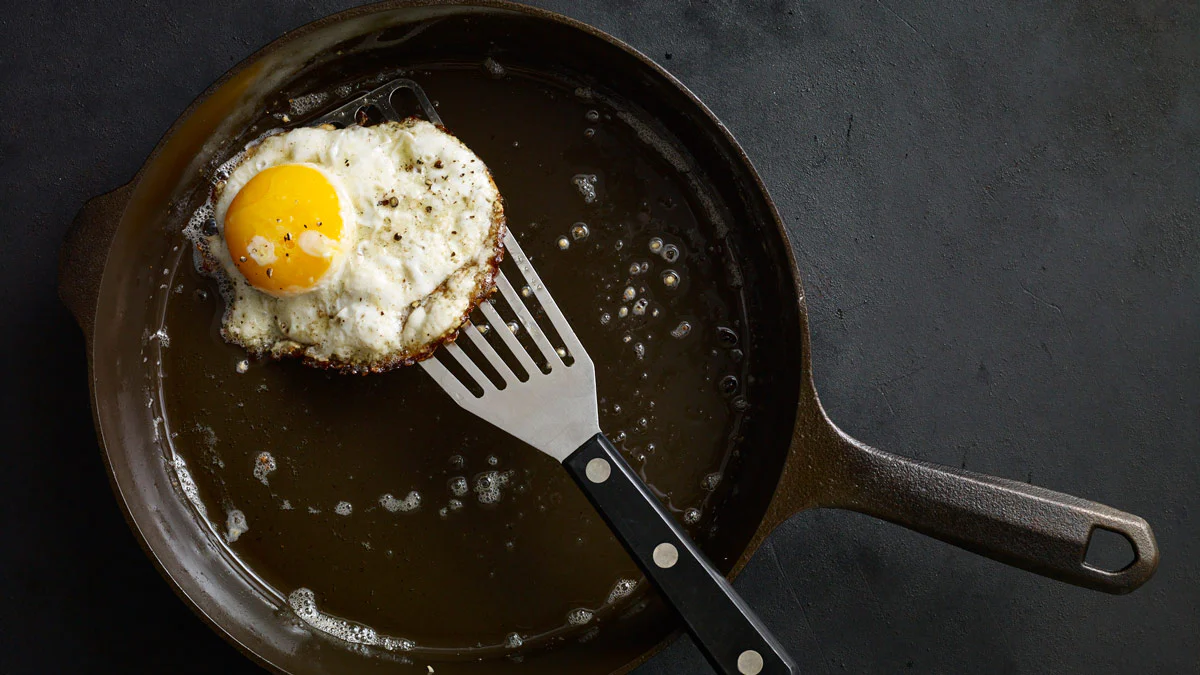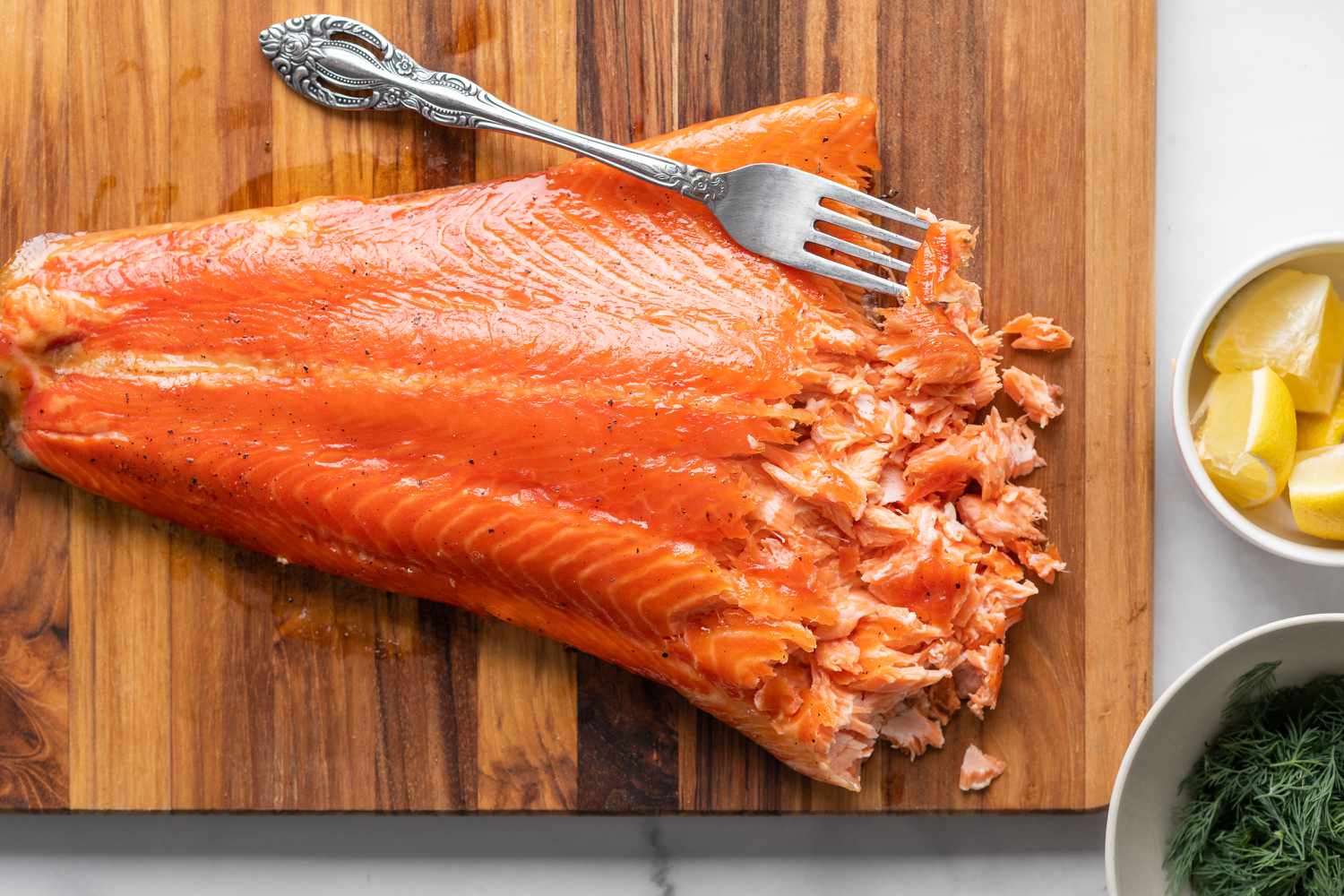Mastering the Art of Cooking London Broil
London Broil is a delicious and versatile cut of beef that can be a showstopper on any dining table. With its rich flavor and tender texture, it’s no wonder why this dish has become a favorite among meat lovers. If you’re eager to impress your family and friends with your culinary skills, look no further! In this guide, we’ll walk you through the steps of cooking a succulent London Broil that will leave everyone asking for seconds.
Choosing the Perfect Cut
Before diving into the cooking process, it’s vital to start with a high-quality cut of meat. London Broil typically refers to either top round or flank steak. When selecting your cut, opt for a piece that has even thickness and marbling. The marbling, or small streaks of fat within the meat, will add moisture and flavor to your dish.
Pro Tip: Look for a London Broil cut that is about 1-1.5 inches thick for optimum tenderness.
Marinating for Enhanced Flavor
To take your London Broil to the next level, marinating is key. Marinating not only infuses the meat with flavor but also helps tenderize it. There are countless marinade options, from tangy citrus blends to savory herb concoctions. A classic marinade for a London Broil typically includes soy sauce, Worcestershire sauce, garlic, olive oil, and a touch of honey.
Pro Tip: Let the meat marinate for at least 4 hours, but for even more flavor, leave it in the marinade overnight in the refrigerator.
Grilling to Perfection
Grilling is the preferred method of cooking London Broil, as it imparts a smoky flavor and creates a beautiful sear on the outside while keeping the inside tender. Here’s a step-by-step guide to achieving grilling perfection:
- Preheat your grill: Start by preheating your grill to medium-high heat, around 400°F (200°C).
- Pat the meat dry: Remove the London Broil from the marinade and pat it dry with a paper towel. This will help create a nice crust on the meat.
- Season generously: Sprinkle both sides of the meat with your favorite seasoning blend. A mix of salt, black pepper, garlic powder, and dried herbs works wonders!
- Grill time: Place the London Broil on the grill grates and cook for about 5-6 minutes per side for medium-rare or 6-8 minutes per side for medium doneness. Remember, times can vary based on thickness, so use a meat thermometer to check for desired doneness.
- Resting is key: Once cooked to perfection, transfer the meat to a cutting board and let it rest for about 5-10 minutes. This allows the juices to redistribute and ensures a tender, juicy bite.
- Slice against the grain: Before serving, slice the London Broil against the grain. This will help maximize tenderness.
Serving and Pairing Suggestions
Now that your London Broil is cooked to perfection, it’s time to present it to your eager guests. This dish pairs well with various side dishes, such as roasted potatoes, grilled vegetables, or a fresh garden salad. For an extra touch, drizzle some of the leftover marinade as a sauce over the sliced meat.
Pro Tip: For a truly indulgent experience, pair your London Broil with a robust red wine, like Cabernet Sauvignon or Syrah.
Conclusion
Mastering the art of cooking London Broil is a surefire way to impress your loved ones with your culinary skills. Remember to start with a quality cut, marinate for optimum flavor, and grill to perfection. With these steps and a touch of creativity, you’ll be serving up a perfectly cooked London Broil that will have everyone asking for your secret recipe. So, fire up the grill and get ready to enjoy a mouthwatering meal that will make you a true master of London Broil!
Was this page helpful?
Read Next: How To Make Cranberry Brie Bites
